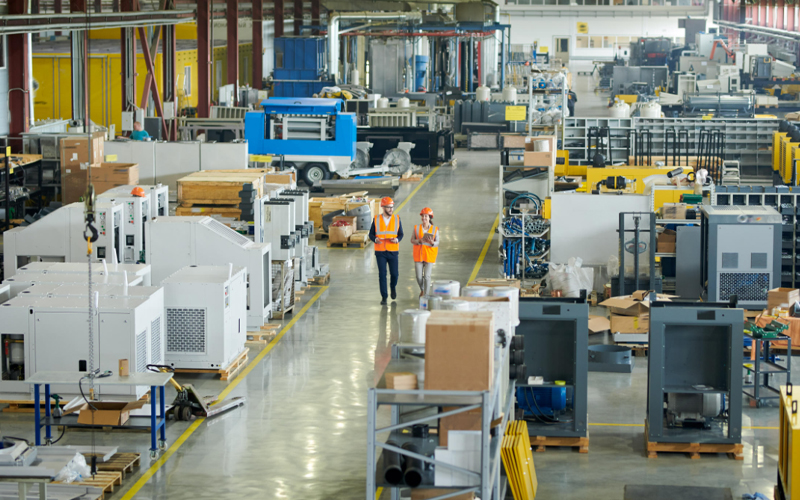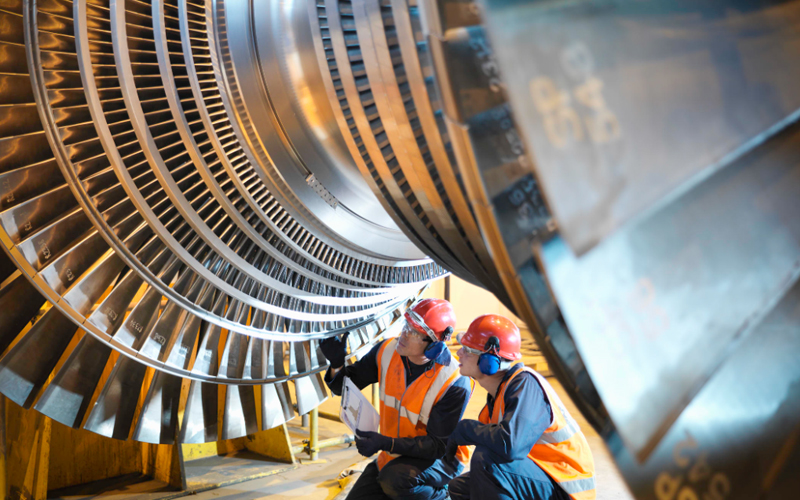Manufacturing floors across the globe are witnessing a silent revolution. Machines that once failed without warning now provide advance notice before they break. This transformation is not magic—it is the work of predictive maintenance.
Traditional maintenance follows two painful paths: run-to-failure (RTF) maintenance where parts are fixed after they break, or preventive maintenance where parts are replaced on rigid schedules. The first approach costs millions in downtime. The second wastes perfectly good components. Both drain profits.
Digital manufacturing service support attempts to alleviate these pain points using predictive maintenance (PdM). This approach involves constant surveillance of equipment conditions—including vibrations, temperatures, and sounds—to forecast when breakdowns might happen. The results are remarkable: unplanned downtime is reduced by up to 50%, maintenance costs drop by as much as 40%, and machine lifespan extends by 20-40%. These are not just promises, they are real results happening in factories worldwide.
the payoffs
From automotive giants to food processing factories, manufacturers are moving from reactive firefighting to proactive problem-solving for the tangible rewards it offers, including:
- reduced downtime: PdM prevents unexpected downtime by enabling interventions during off-peak hours. For instance, BMW Group’s plant in Regensburg employs an AI-supported system to monitor its assembly line conveyors and identify potential faults early and prevent over 500 minutes of production disruption annually.
- cost savings: By eliminating unnecessary routine servicing, predictive systems help businesses reduce expenditure. General Motors uses predictive analytics to optimise parts ordering and auction schedules, effectively reducing inventory overheads. Deloitte Analytics Institute reports that PdM has the potential to reduce maintenance costs by as much as 25%.
- extended equipment lifespan: Data-driven maintenance optimises the performance and longevity of machinery. Advanced ML techniques—such as random forests, gradient boosting, and deep learning—significantly enhance the accuracy of predictions, thereby prolonging asset life.
- improved safety: Addressing mechanical issues before they escalate enhances workplace safety. In the transport sector, PdM has improved driver safety and customer satisfaction, while manufacturing environments benefit from reduced risk of dangerous equipment failures.
- sustainability: PdM extends equipment lifespan and prevents premature replacements, boosting resource efficiency. An Oliver Wyman MRO survey estimates that analysing aircraft data can enhance maintenance efficiency and significantly reduce environmental impact.
the toolkit
PdM is powered by a sophisticated blend of hardware and software working in tandem to monitor and predict equipment health, such as:
- IoT sensors: These form the foundation of PdM, continuously monitoring machinery conditions and collecting real-time metrics like temperature, vibration, and pressure. These sensors capture the subtle anomalies that signal impending equipment failures. For example, a gradual increase in the operating temperature of a fan motor or a sudden spike in a compressor's heat output can signal a component is working too hard, has a blockage, or is about to fail. This early warning allows technicians to intervene before a full-system breakdown occurs.
- data analytics and AI: Data analytics, machine learning (ML), and artificial intelligence (AI) are the core engines of the system. These powerful algorithms process sensor data to establish normal operating baselines, detect patterns, and predict potential failures. By learning from historical data and real-time operational inputs, AI continuously improves its predictive models to uncover complex correlations that would be nearly impossible for humans to detect. This dynamic learning loop makes its forecasts increasingly accurate over time.
- cloud computing: This technology stores maintenance records from various manufacturing facilities allowing integration, real-time data processing, and smooth connection with existing enterprise systems. Companies can access predictive insights from anywhere while maintaining scalable computing power for complex analytics.
- digital twins:These virtual models of physical assets are used to simulate “what-if” scenarios and test solutions risk-free. This allows organisations to make proactive adjustments and develop strategic plans without causing any downtime. For instance, General Electric employs digital twins for its gas turbines to optimise performance in real-time and reduce downtime.
- augmented reality (AR) and virtual reality (VR): These technologies are used for diagnostics and repairs. AR overlays digital information on to physical equipment, guiding technicians through complex maintenance procedures. VR enables remote training and allows experts to virtually assist field technicians during critical repairs.
implementation challenges
Despite its potential, PdM implementation faces several hurdles, including:
- data management: Legacy systems and fragmented data sources often lack standardisation, making it difficult to aggregate, clean, and analyse information effectively.
- skill gaps: Implementing PdM requires specialised expertise in data science, ML, and engineering—skills that are often in short supply within organisations.
- system integration: Aligning predictive tools with existing operational systems is complex and can disrupt established workflows if not carefully managed.
- cultural shift: Successful adoption requires a move from reactive practices to a proactive, data-driven mindset, which is an organisational change that may be resisted, especially in traditionally structured teams.
key takeaways
The factory floor is undergoing a fundamental transformation. Reactive maintenance is no longer sustainable—especially in manufacturing—where unplanned downtime can cost more than $2 million per hour. This has prompted 67% of companies to shift to digital manufacturing service support, a present-day solution that is delivering measurable results.
By moving from a reactive, inefficient model to the proactive, data-driven approach of PdM, manufacturers are not just avoiding breakdowns, they are also gaining unprecedented improvements in efficiency, safety, and profitability.
The technology is proven. The benefits are well-documented. And global leaders are already reaping the rewards. The path forward is clear: to remain competitive and resilient, embracing PdM is imperative.
how can InfosysBPM help?
Today's manufacturing sector is transforming with smart automation and digital production. This shift is helping companies innovate, boost operational efficiency, and fuel business growth. Infosys BPM’s manufacturing services offer tailored solutions and expert services that empower manufacturers to realise these objectives while successfully managing the challenges of growth in an increasingly competitive business environment.







